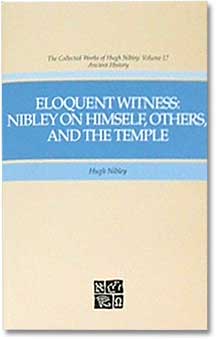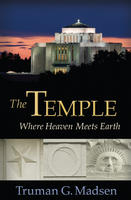
(Continued from Part 3)
In the last parts of our series on the Egyptian hieroglyph of the ankh, and other related symbols, I’d like to look at where these symbols are found on the extant portions of the Joseph Smith Papyri, related documents, and the facsimiles of the Book of Abraham, to see if Joseph Smith was correct in any of his interpretations, or even on the right track. I’ve written a brief into to these documents here.
As we’ve noted before, the themes that show up in the rituals of the Egyptians have unique parallels to our modern temple practices and ordinances. This is not to be interpreted as an adoption of pagan rites, plagiarism of ancient rituals, or a belief in Egyptian polytheism, for the Egyptians had a corrupt imitation of the true order of God, and Joseph knew it. Indeed, such attacks leveled at Joseph might actually be counterintuitive to our critics’ position, for such would mean that Joseph understood what he was looking at in the papyri, yet such inspired translation is precisely what our critics claim he could not do. Note that the field of Egyptology had just recently been born in the 1820s, and the reading of hieroglyphics was only barely in its infancy in Europe at the time Joseph was translating the papyri in the 1830s, ruling out any scholarly approach to reading the papyri. The critics have yet to explain, therefore, if Joseph did not receive the temple ordinances by revelation from God, and he could not read the papyri, then how did he teach temple rites that have remarkable parallels to the Egyptians which were written on the papyri? Could he read the papyri or couldn’t he? Either way our critics find themselves in a quandary.
Instead of being detrimental to Joseph, such a connection between the papyri and the temple actually serves as evidence of his divine calling, and that he was inspired to translate the papyri. As in many instances of the early experiences of the prophet, Joseph had a question about something that he experienced in his life, and inquired of the Lord about it ((See the history behind the restoration of the Aaronic priesthood and baptism)). What followed was a restoration, through revelation, of the true and perfect ordinance or teaching of that particular thing. The papyri quite possibly were such a springboard for the restoration of the temple endowment, as H. Donl Peterson has noted: [Read more…]
 As someone recently quipped, “I’m so glad Nibley’s not letting a little thing like being dead slow down his publishing schedule!” ((
As someone recently quipped, “I’m so glad Nibley’s not letting a little thing like being dead slow down his publishing schedule!” (( Truman G. Madsen is also publishing a new 224-page book to be released in just a few days on July 30, 2008 entitled
Truman G. Madsen is also publishing a new 224-page book to be released in just a few days on July 30, 2008 entitled 